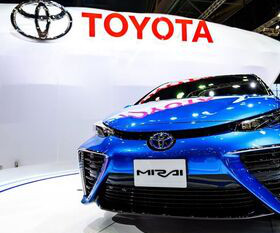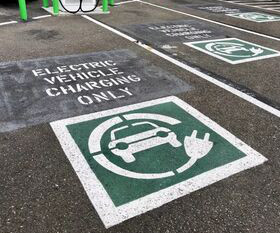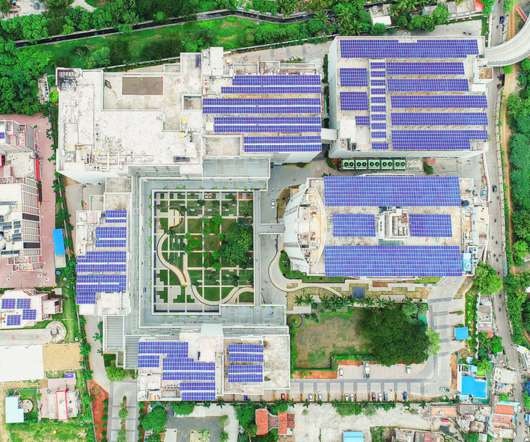Tsinghua/Argonne Study Finds That Mass Use of EVs in China Could Result in Higher CO2 and Criteria Pollutant Emissions Than Conventional and Hybrid Gasoline Vehicles Due to Coal-Fired Generation of Electricity
Green Car Congress
MAY 25, 2010
Fuel-cycle SO 2 emissions of EVs compared to those of gasoline ICEVs and HEVs in China, current (left) and future (right). The power of EVs is electricity from the grid. Coal and hydro are the two major energy sources of power generation in China, and the split between them varies by region. Credit: ACS, Huo et al.









































Let's personalize your content